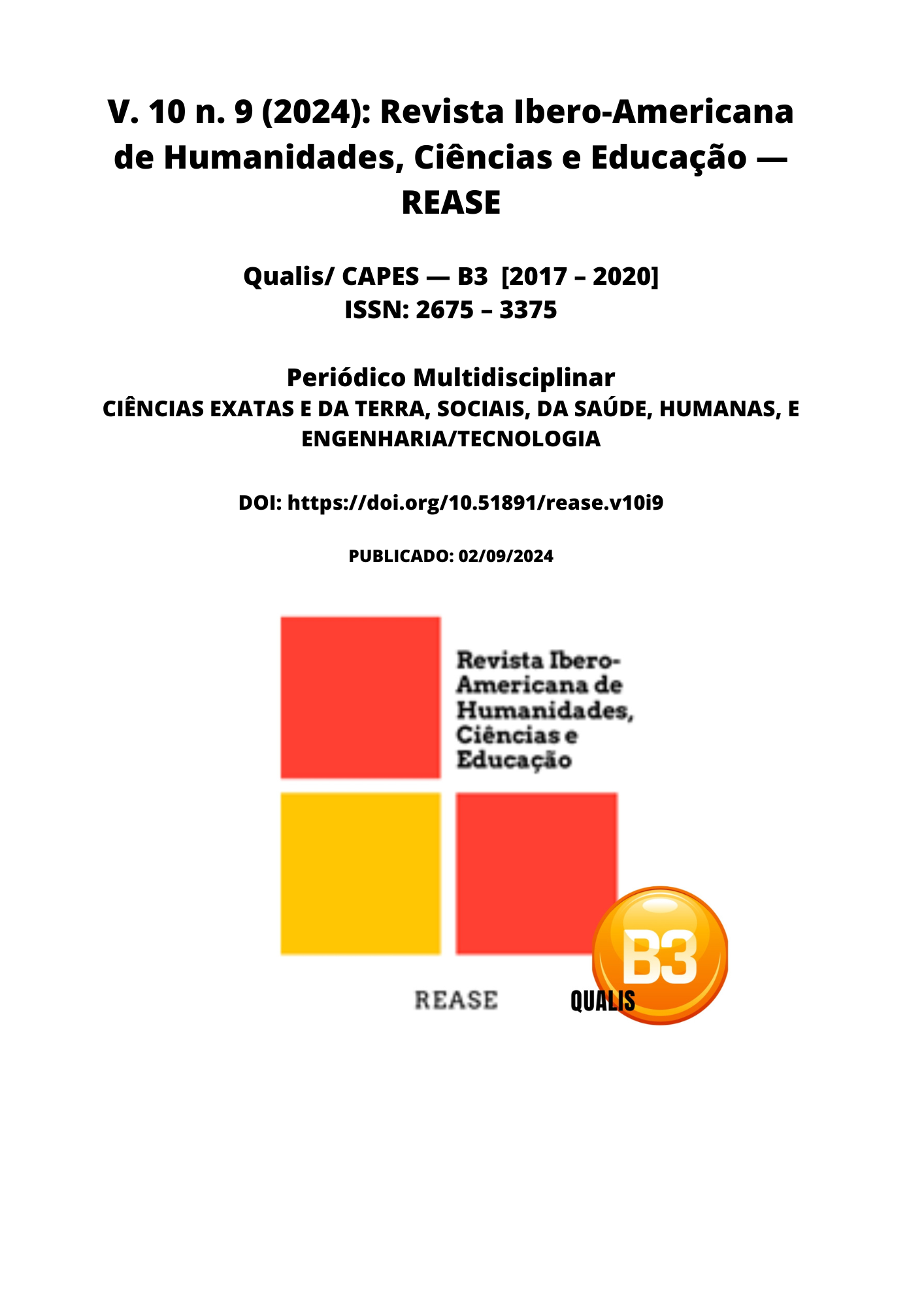FACTORS THAT CONTRIBUTE TO THE INCREASE OF CONGENITAL SYPHILIS IN PERNAMBUCO: AN ANALYSIS BETWEEN THE YEARS 2011 AND 2021
DOI:
https://doi.org/10.51891/rease.v10i9.15444Keywords:
Syphilis. Congenital Syphilis. Neonate. Prenatal. Vertical transmission.Abstract
INTRODUCTION. Congenital syphilis (CS) is a disease caused by Treponema pallidum, resulting from a hematogenous infection transmitted from a pregnant woman with syphilis to her fetus. In Brazil, from 2011 to 2021, there was an increase in the incidence rate of CS, representing a three-fold increase in 10 years. OBJECTIVES. To demonstrate the evidence that supports high rates of CS in newborns born to mothers with syphilis in Pernambuco. METHODOLOGY. This is a retrospective and observational study that analyzes data provided by the Notifiable Diseases Information System and the Informatics Department of the Unified Health System, of individuals affected by CS in Pernambuco from 2011 to 2021 in a descriptive manner. RESULTS. From 2011 to 2021, 14,949 cases of SC were reported in Pernambuco. Prenatal care was performed in 75.7% of pregnant women and was not performed in 11.4%. Regarding the moment of diagnosis of the mother, the highest number of cases was at delivery/curettage, reaching a percentage of 44.3%. The partner's treatment was not performed in 45.7% of cases. CONCLUSION. It is concluded that the moment of diagnosis of maternal syphilis during prenatal care found a higher number of confirmed cases of SC in Pernambuco, being statistically significant.
Downloads
Downloads
Published
How to Cite
Issue
Section
Categories
License
Atribuição CC BY

